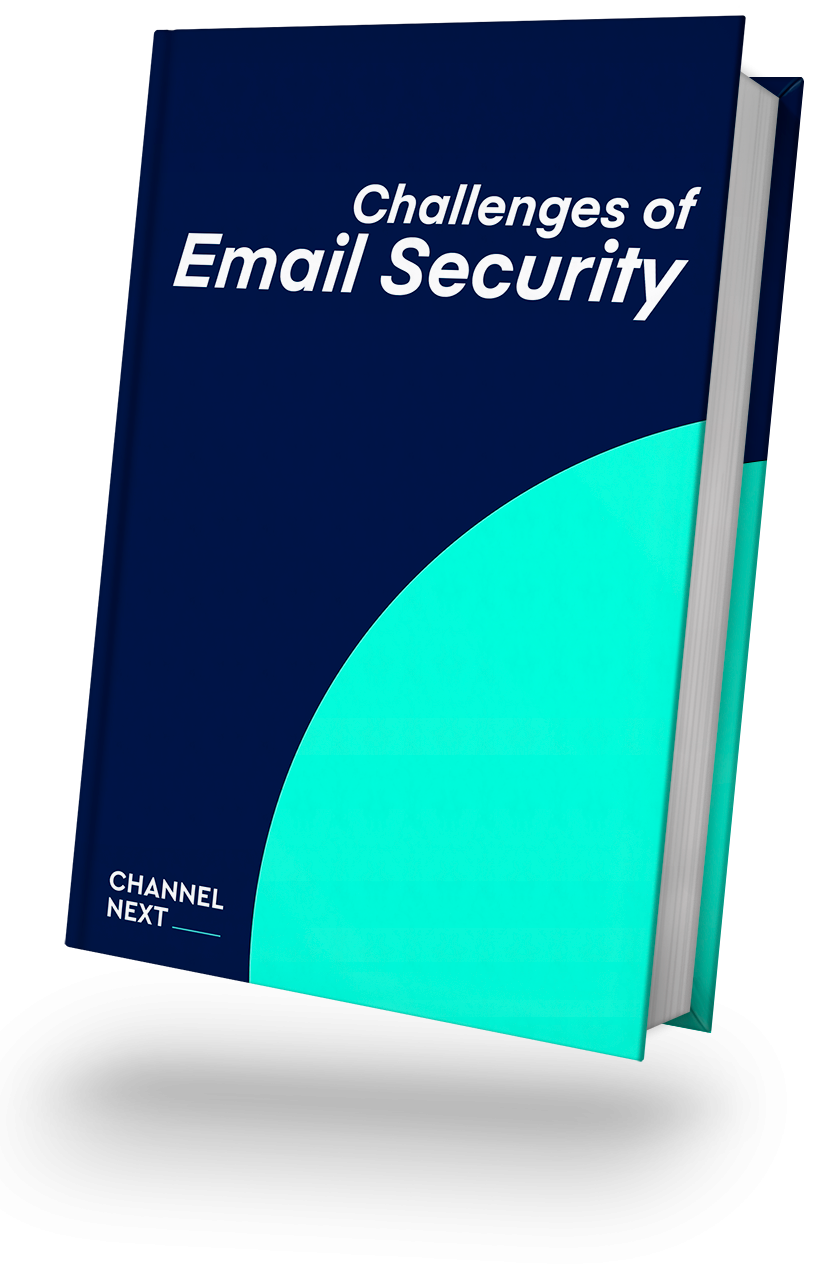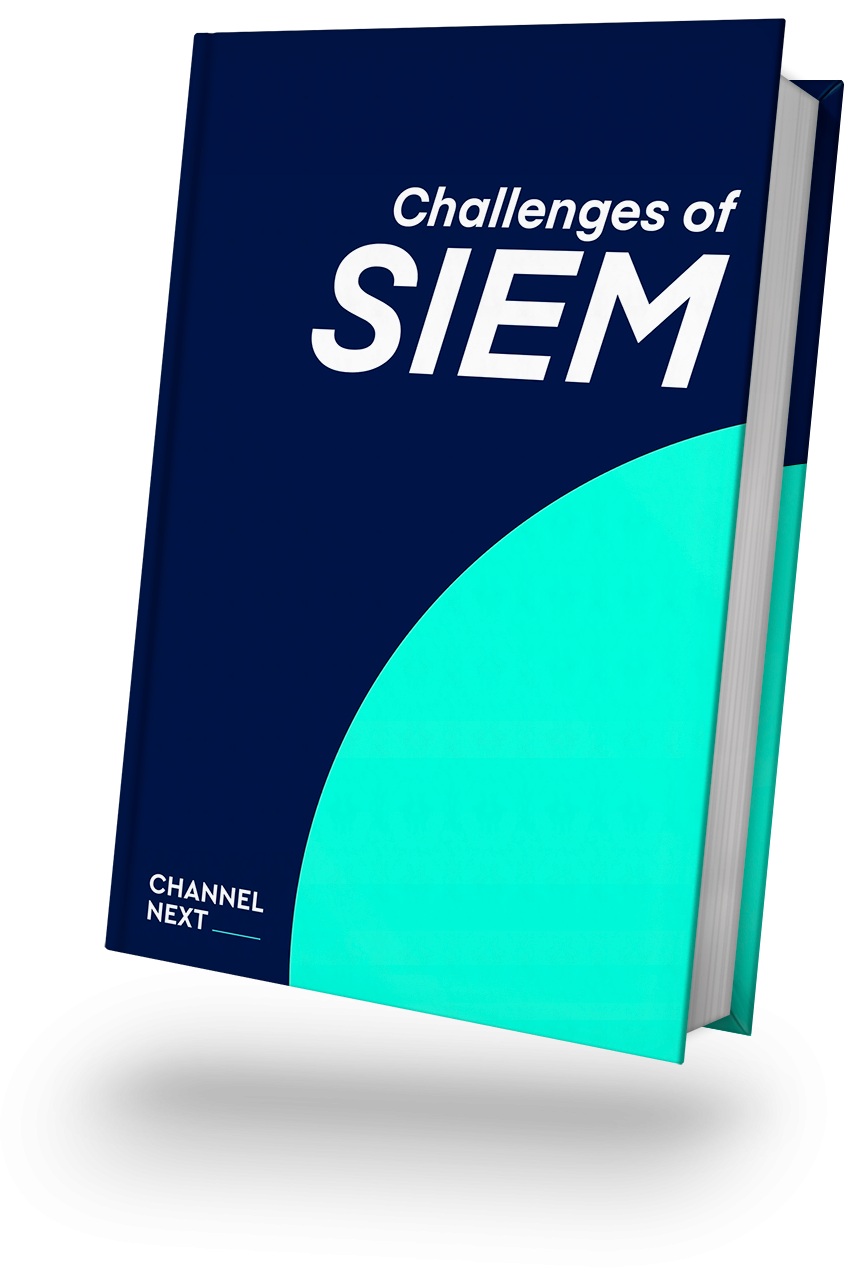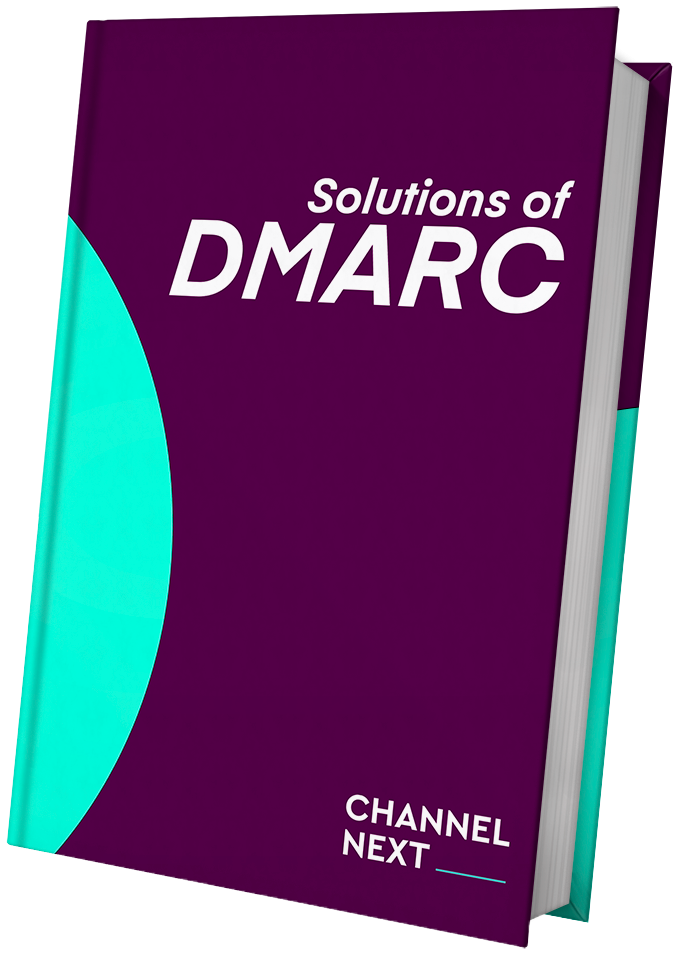
DMARC (Domain-based Message Authentication, Reporting, and Conformance) is a potent weapon in the toolbox against phishing and email fraud in the complex world of email security. This blog, provided to you by reputable technology solutions provider Channel Next, offers a thorough how-to for comprehending and successfully applying DMARC. Come along on this adventure as we examine the nuances of DMARC and how important it is to protecting the email ecology of your company.
Understanding the Essence of DMARC
Strong email authentication protocols like DMARC help to improve email security by giving senders a way to verify their messages and indicate what happens to those that don’t pass authentication. Preventing domain spoofing, shielding recipients from phishing scams, and maintaining the integrity of email correspondence are among its core goals.
Key Components of DMARC Implementation:
- Authentication Protocols (SPF, DKIM, and DMARC):
- DMARC relies on the authentication protocols SPF (Sender Policy Framework) and DKIM (Domain Keys Identified Mail) to verify the legitimacy of an email sender. SPF checks if the sender is authorized to send emails on behalf of a domain, while DKIM ensures the integrity of the email’s content.
- Policy Enforcement:
- DMARC allows senders to set policies for how receivers should handle emails that fail authentication. These policies include “none” (monitoring only), “quarantine” (place in spam or quarantine), and “reject” (reject the email outright). Effective DMARC implementation involves carefully choosing and configuring these policies based on organizational needs.
- Reporting and Analysis:
- DMARC generates reports, known as DMARC aggregate (RUA) and forensic (RUF) reports, that provide valuable insights into email authentication activities. These reports assist organizations in fine-tuning their email authentication setup, identifying unauthorized senders, and monitoring the overall health of their email ecosystem.
Channel Next’s Role in DMARC Implementation:
Channel Next, with its commitment to providing end-to-end technology solutions, plays a crucial role in guiding organizations through the intricacies of DMARC implementation. The collaboration between Channel Next and leading cybersecurity solution providers ensures that businesses have access to cutting-edge technologies and strategic support to fortify their email security.
- Strategic Guidance:
- Channel Next provides strategic guidance to organizations embarking on DMARC implementation. This involves understanding the specific needs and nuances of the organization’s email infrastructure, aligning DMARC policies with overarching cybersecurity goals, and ensuring compliance with industry standards.
- Implementation Support:
- Leveraging its partnerships with leading cybersecurity solution providers, Channel Next offers hands-on support during the implementation of DMARC. This includes configuring DNS records, validating SPF and DKIM setups, and fine-tuning DMARC policies for optimal effectiveness.
A Step-by-Step Guide to DMARC Implementation:
- Assessment of Current Email Infrastructure:
- Before implementing DMARC, organizations need to conduct a comprehensive assessment of their current email infrastructure. This involves identifying all authorized email senders and ensuring that SPF and DKIM are appropriately configured.
- DMARC Record Creation:
- The first step in DMARC implementation is to create a DMARC record in the organization’s DNS (Domain Name System). This record specifies the desired actions for email receivers when they encounter messages that fail authentication.
- SPF and DKIM Validation:
- DMARC relies on the successful validation of SPF and DKIM. Organizations should ensure that SPF records accurately list all authorized mail servers and that DKIM signatures are appropriately applied to outgoing emails.
- Gradual Policy Implementation:
- Organizations are advised to start with a “none” policy initially (monitoring only) to assess the impact on legitimate email traffic. Based on the generated DMARC reports, organizations can gradually move towards a “quarantine” or “reject” policy.
Case Study: Channel Next’s Impact on DMARC Implementation
Consider a hypothetical scenario where an organization partners with Channel Next to implement DMARC effectively:
Scenario: Strengthening Email Security for a Global Enterprise
- Strategic Guidance from Channel Next:
- Channel Next conducts a thorough assessment of the global enterprise’s email infrastructure, considering its vast reach and diverse set of authorized email senders.
- DMARC Record Creation and Configuration:
- Channel Next assists in creating and configuring DMARC records in the organization’s DNS, ensuring alignment with the enterprise’s cybersecurity policies and regulatory requirements.
- Gradual Policy Implementation and Monitoring:
- The organization starts with a “none” policy, monitoring DMARC reports to assess the impact on global email traffic. With ongoing support from Channel Next, the organization fine-tunes DMARC policies for optimal effectiveness.
Towards the Future: Channel Next’s DMARC-Based Email Security Vision
Channel Next sees a future where DMARC becomes an essential and proactive part of enterprises’ email security policies as email threats continue to evolve. To keep ahead of new dangers, this calls for constant learning, creativity, and cooperation with top business executives.
Channel Next’s Mastery of DMARC
Channel Next is a beacon in the constantly changing email security landscape, helping firms navigate the complex DMARC installation process. Businesses can strengthen their email ecosystems and master DMARC by working with top cybersecurity solution providers, receiving strategic counsel, and receiving hands-on help from Channel Next. Welcome to a future where, thanks to Channel Next’s assistance and knowledge in the area of DMARC deployment, email security is not only required but also a competitive advantage.



















